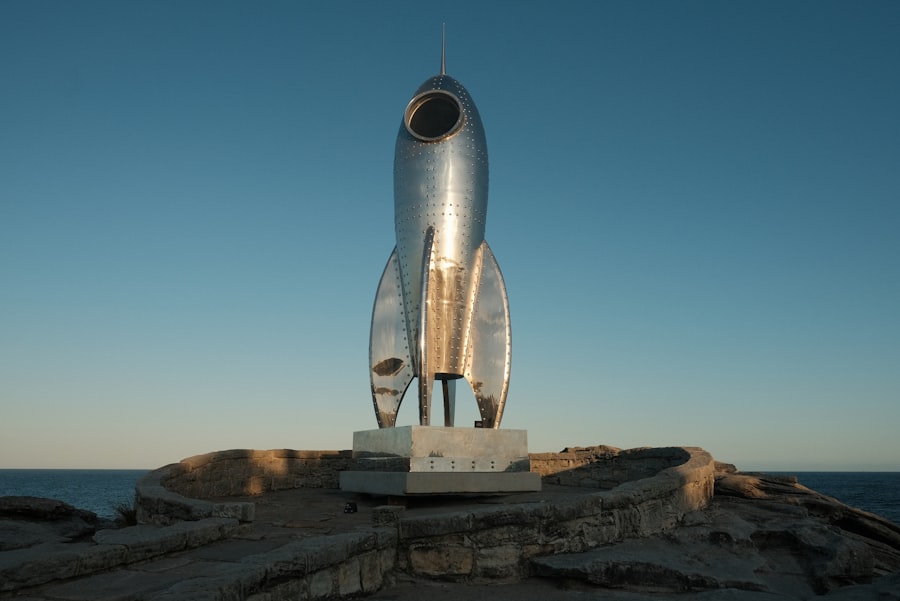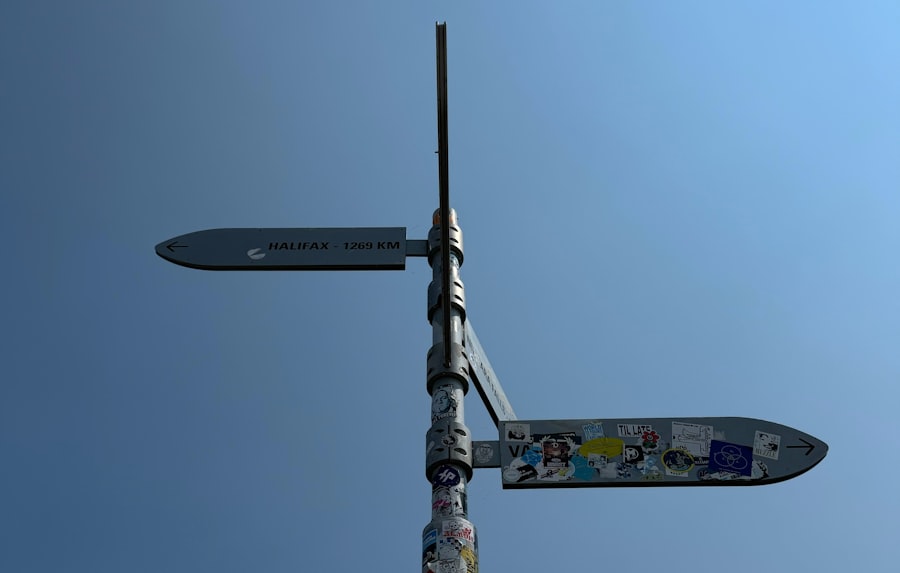The US Space and Rocket Center, located in Huntsville, Alabama, has a rich history that intertwines with the broader narrative of the American space program. Established in 1970, the center was born out of the legacy of the Marshall Space Flight Center, which played a pivotal role in the development of rocket technology during the 20th century. The center was initially conceived as a way to educate the public about space exploration and to honor the achievements of NASA and its engineers.
Huntsville, often referred to as “Rocket City,” became a hub for aerospace innovation, thanks to figures like Wernher von Braun, who led the development of the Saturn V rocket that propelled astronauts to the Moon during the Apollo missions. Over the decades, the US Space and Rocket Center has evolved into a premier destination for space enthusiasts and families alike. It has served not only as a museum but also as an educational institution that inspires future generations to pursue careers in science, technology, engineering, and mathematics (STEM).
The center has hosted numerous exhibits showcasing the history of space exploration, from early rocketry experiments to contemporary missions to Mars. Its commitment to education and outreach has made it a vital part of the community and a significant player in promoting STEM education across the nation.
Key Takeaways
- The US Space and Rocket Center has a rich history dating back to the 1960s, when it was established as the Alabama Space and Rocket Center.
- The center features a wide range of exhibits and attractions, including the Saturn V rocket, the Apollo 16 capsule, and the Space Shuttle Pathfinder.
- Space Camp programs at the center offer hands-on experiences for participants to learn about space exploration and astronaut training.
- Visitors can enjoy virtual reality experiences that simulate spacewalks and other space missions.
- The Space Shuttle and Rocket Park at the center showcases iconic space vehicles and rockets, providing a unique opportunity for up-close exploration.
Exhibits and Attractions
The US Space and Rocket Center boasts an impressive array of exhibits and attractions that cater to visitors of all ages. One of its most iconic features is the Saturn V Hall, which houses a full-scale replica of the Saturn V rocket, the largest and most powerful rocket ever built. This exhibit allows visitors to marvel at the engineering feats that made lunar exploration possible.
The sheer size of the Saturn V is awe-inspiring; standing at 363 feet tall, it is a testament to human ingenuity and ambition. The hall also includes interactive displays that provide insights into the rocket’s design, construction, and its role in the Apollo missions. In addition to the Saturn V Hall, the center features numerous other exhibits that delve into various aspects of space exploration.
The Davidson Center for Space Exploration showcases artifacts from NASA’s history, including spacecraft, satellites, and astronaut gear. Visitors can explore the history of human spaceflight through engaging multimedia presentations and hands-on activities. The center also offers a variety of simulators that allow guests to experience what it feels like to launch into space or navigate a spacecraft.
These attractions not only entertain but also educate, providing a deeper understanding of the challenges and triumphs associated with space travel.
Space Camp Programs

One of the hallmark offerings of the US Space and Rocket Center is its renowned Space Camp programs. Since its inception in 1982, Space Camp has provided immersive experiences for children and young adults interested in space exploration and STEM fields. Participants engage in a week-long program that includes hands-on activities, simulations, and team-building exercises designed to foster collaboration and problem-solving skills.
The curriculum is carefully crafted to align with educational standards while igniting a passion for science and technology. Space Camp is divided into various age groups and themes, catering to different interests and levels of experience. For instance, there are specialized programs for younger children, as well as advanced sessions for high school students focusing on robotics or aviation.
Each program culminates in a mission simulation where campers work together to solve challenges similar to those faced by real astronauts. This experiential learning approach not only enhances knowledge but also builds confidence and teamwork skills among participants. Many alumni of Space Camp credit their experiences with inspiring them to pursue careers in aerospace engineering, astrophysics, and other STEM-related fields.
Virtual Reality Experiences
| Virtual Reality Experiences | Metrics |
|---|---|
| Market Size | USD 6.1 billion in 2020 |
| Projected Market Growth | 33.5% CAGR from 2021 to 2028 |
| Number of VR Users | 171 million in 2020 |
| Top VR Applications | Gaming, Healthcare, Education, Training |
In recent years, the US Space and Rocket Center has embraced cutting-edge technology to enhance visitor experiences through virtual reality (VR). These immersive experiences allow guests to step into the shoes of astronauts and explore space in ways that were previously unimaginable. One notable VR attraction is “Mission: ISS,” which simulates life aboard the International Space Station (ISS).
Participants can float through the station’s modules, conduct experiments, and even perform spacewalks—all from the comfort of their seats. The integration of VR technology not only captivates visitors but also serves an educational purpose. By simulating real-life scenarios faced by astronauts, these experiences provide insights into the complexities of living and working in space.
For example, users can learn about microgravity effects on the human body or understand how astronauts conduct scientific research in orbit. The US Space and Rocket Center continues to expand its VR offerings, ensuring that guests remain engaged with the latest advancements in space exploration while fostering a deeper appreciation for the challenges involved in human spaceflight.
Space Shuttle and Rocket Park
Adjacent to the main facility is the Space Shuttle and Rocket Park, an outdoor exhibit that showcases an impressive collection of rockets and spacecraft. This park features several iconic vehicles, including a full-scale model of the Space Shuttle Pathfinder, which was used for testing purposes before actual missions began. Visitors can walk around these monumental structures, gaining a sense of scale that highlights the engineering prowess required to build such machines.
The Rocket Park also includes various other rockets from different eras of space exploration, such as the Redstone rocket used during early Mercury missions and the Titan II rocket that launched Gemini missions. Each exhibit is accompanied by informative plaques detailing its history and significance within the context of American space exploration. This outdoor setting provides an opportunity for visitors to appreciate not only the technological advancements but also the historical milestones achieved by NASA over the decades.
Educational Outreach and STEM Programs

The US Space and Rocket Center is deeply committed to educational outreach, extending its mission beyond its physical location in Huntsville. The center actively engages with schools across Alabama and beyond through various STEM programs designed to inspire students in science and technology fields. These outreach initiatives include workshops, classroom presentations, and mobile exhibits that bring hands-on learning experiences directly to students.
One notable program is “Rocketry,” which allows students to design, build, and launch their own model rockets while learning about aerodynamics and propulsion principles. This hands-on approach not only reinforces classroom learning but also encourages creativity and critical thinking among participants. Additionally, the center collaborates with local educators to develop curriculum resources that align with state standards, ensuring that students receive a comprehensive education in STEM subjects.
Astronaut Encounters and Guest Speakers
A unique aspect of visiting the US Space and Rocket Center is the opportunity for guests to meet real-life astronauts and hear their stories firsthand. The center regularly hosts astronaut encounters where visitors can engage with these pioneers of space exploration through Q&A sessions, autograph signings, and personal anecdotes about their missions. These interactions provide an invaluable perspective on what it takes to become an astronaut and the challenges faced during space travel.
In addition to astronaut encounters, the center frequently invites guest speakers from various fields related to aerospace and science. These speakers include engineers, scientists, educators, and industry leaders who share their expertise and insights with visitors. Such events not only enrich the visitor experience but also serve as inspiration for those considering careers in STEM fields.
By connecting guests with professionals who have made significant contributions to space exploration, the US Space and Rocket Center fosters a culture of curiosity and ambition among its audience.
Future Plans and Expansion of the Center
Looking ahead, the US Space and Rocket Center has ambitious plans for expansion and enhancement of its facilities and programs. As interest in space exploration continues to grow—especially with recent developments such as Mars missions and commercial space travel—the center aims to position itself as a leading educational institution in this field. Future plans include expanding exhibit spaces to accommodate new technologies and artifacts related to contemporary space missions.
Additionally, there are discussions about developing new educational programs that focus on emerging topics such as artificial intelligence in aerospace or sustainable practices in space exploration. By staying at the forefront of technological advancements, the US Space and Rocket Center seeks to remain relevant in an ever-evolving landscape while continuing to inspire future generations of scientists, engineers, and explorers. The commitment to education, innovation, and outreach ensures that this iconic institution will play a vital role in shaping public understanding of space exploration for years to come.


